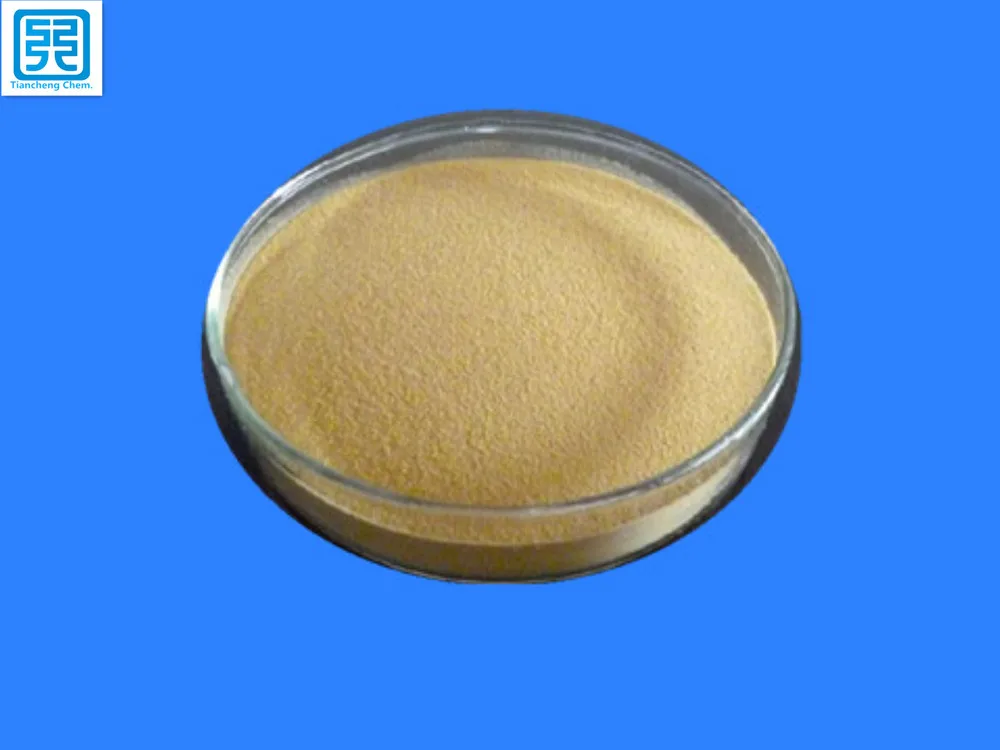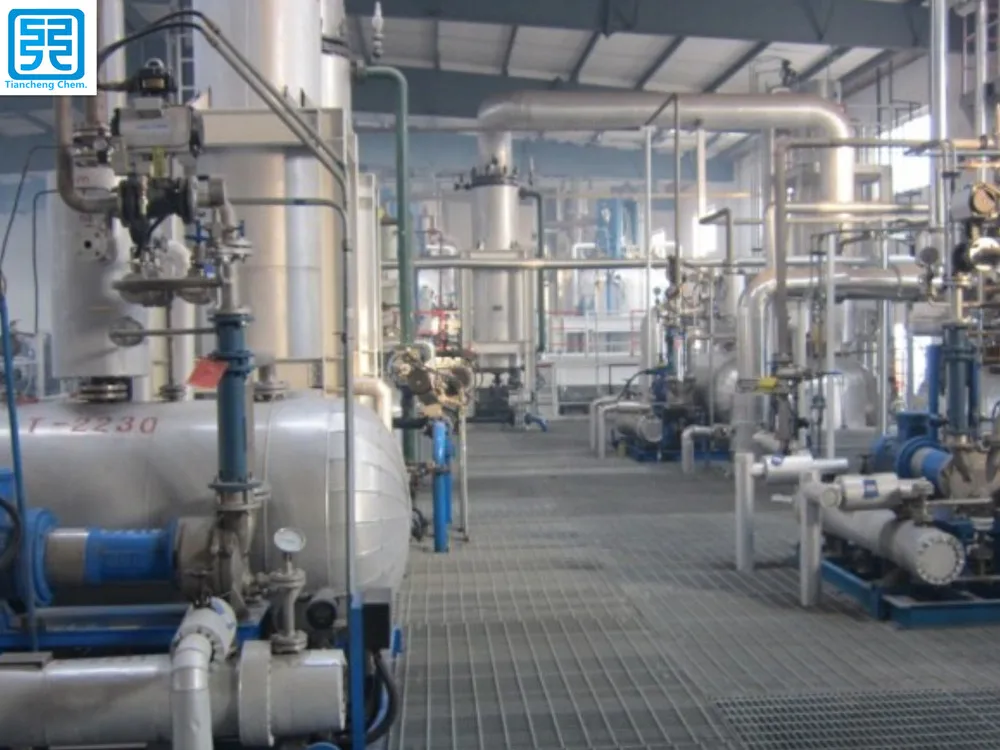Plastic film cotton weeding Q & A
Recently, 75-year-old farmer Ding Libang from Wuqiao Township in Yunmeng County, Hubei Province, reached out to me and asked about changing his approach to nutrition and seedling transplants for mulching cultivation this year. He wanted to know if it was feasible. I’m happy to provide a detailed response now.
Q: Can chicken manure be used as a base fertilizer in mulched cotton farming?
A: Yes, chicken manure can be used as a base fertilizer, but there are some important considerations. First, the chicken manure must be fully composted to avoid burning the plants or introducing pathogens. Second, it should be applied well in advance of planting—ideally before the mulch is laid down. Third, the recommended application rate is at least 1,500 kilograms per mu (about 667 square meters). Lastly, keep in mind that chicken manure may contain weed seeds, so you should take precautions to manage weeds effectively.
Q: Do I still need to apply other fertilizers when using chicken manure?
A: Absolutely, it's still necessary to supplement with inorganic fertilizers. A good practice is to apply around 30 kg of compound fertilizer per acre, or 50-60 kg of a 25% concentration compound fertilizer, along with 10-15 kg of potash fertilizer. This combination ensures a balanced mix of organic and inorganic nutrients, providing both slow-release and quick-acting benefits for the crop.
Q: When is the best time to apply herbicides?
A: The ideal timing for herbicide application is either before sowing the cotton or immediately after sowing. However, it’s crucial that the field is well-watered and the soil is moist. This allows the herbicide to penetrate the soil more effectively, enhancing its weed control performance.
Q: Which herbicides are recommended for use?
A: For pre-emergence weed control, products like Lanzhou or Dole are effective selective herbicides that can be applied before sowing. They offer good stability and long-lasting weed suppression. If weeds have already emerged, post-emergence herbicides such as Gaisha can be used to target both the stems and leaves of the weeds. Always follow the manufacturer’s instructions and ensure proper application techniques to avoid damaging the cotton plants.
By following these guidelines, farmers like Mr. Ding can optimize their mulching practices and achieve better yields while maintaining soil health and reducing weed competition.
1. Chemical Composition:sodium methylene bis-naphthalene sulfonate
Appearance: beige brown powder
Solubility: soluble in water of any hardness
PH value: in 1% water solution, PH = 7-9
Performance: good diffusion and protective colloid, and no penetration and foaming .
Ion: anionic.
Stability: resistance to acid, alkaline, hard water, salt.
Affinity: have an affinity for protein and polyamide fibers, for cotton, hemp and other fibers no affinity.
Miscibility: may mix with anionic and non-ionizing surfactant simultaneously.

2. Specifications indicators
|
Items |
Indicators |
|
|
Type |
First Grade |
Qualified |
|
Appearance |
Beige brown powder |
Beige brown powder |
|
Dispersancy (Standard substance) |
≥100% |
≥95% |
|
PH Value (1% water solution) |
7-9 |
7-9 |
|
Sodium sulfate content |
≤3% |
≤5% |
|
Fineness (residuals of 60 mesh/screen) |
≤5% |
≤5% |
|
Calcium and magnesium ions, Ppm≤ |
1000 |
4000 |
|
Impurities (non soluble in water) |
0.05% |
0.10% |

3. Application
Printing and dyeing industry: mainly used for dyeing vat dyes suspension, leuco acid staining, dispersion and soluble vat dyes dyeing. Also be used for silk / wool interwoven fabric dyeing, the yarn is no color. Mainly used for industrial dye dispersion and diffusion of color lakes manufacturing additives.
Building materials industry: as early strength cement water reducing agent, the amount of 0.5-1% by cement after the shock has good dispersion effect, increasing the strength of cement. Diffused N of concrete tensile strength, impermeability, frost and compressive modulus of elasticity are improved, no corrosion of steel effect.
Pesticide industry: It can be widely used in wettable pesticides, with good dispersion and solubilization, can significantly improve the efficacy, dosage according to product requirements. Example: buprofezin, the amount of 3-5 %; thiophanate amount of 0.8-1.5 %, 0.8-1 % Kai Ling vegetables.
Electroplating industry: the color is added, crossing pigment dispersants N allows uniform dispersion can significantly improve the plating surface brightness, and the amount is usually 10% of the pigment.
Rubber industry: rubber (latex) of industrial production process, the dispersed substances such as sulfur accelerator, antioxidant zinc oxide fillers ( such as barium sulfate , calcium carbonate ), etc., added to the dry weight of a dispersing agent N2-4% , 10% dispersant solution prepared in advance , and along with the other components in a ball mill grinding , can improve the dispersion effect and shorten the milling time .
Packing: 25kg bags.
Storage: two years and must be upload and download lightly.
Dispersant N,Dispersant,Dispersing Agent Nno,Dispersing Agent
Shandong Tiancheng Chemical Co., Ltd. , https://www.tianchengchemical.com